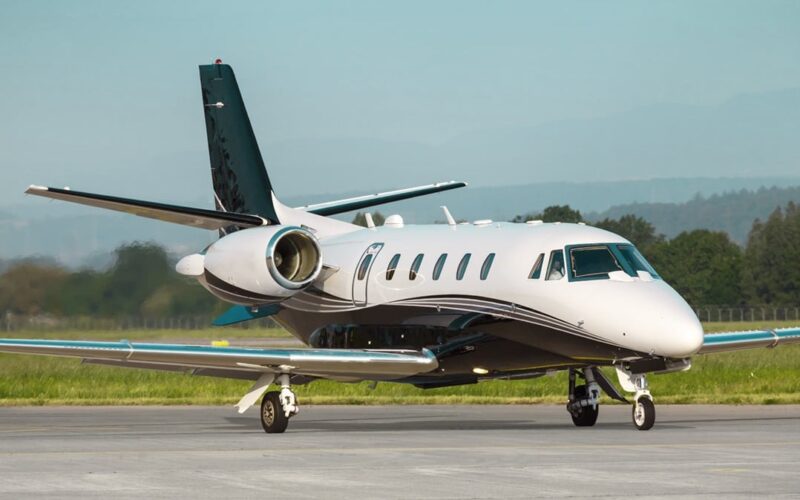As the aviation industry approaches the second quarter of 2023, the outlook in the business aviation segment seems to hold promising prospects for leading players. This is particularly true in the European market, which has maintained high activity levels for commercial and non-commercial business flights in the past six months.
In 2022, the business aviation segment recorded the highest number of flights to various destinations within the European region, with an estimated figure of about 55%, followed by domestic flights at 35%. Available fleet figures in the European business aviation market show a high concentration of heavy jets, light jets, single-engine turboprops, and twin-engine turboprops, which points to the significant potential this segment offers.
Ms. Vilma Vaitiekunaite, the Chief Executive Officer (CEO) at Skyllence, noted that the first quarter of 2023 commenced with a sky-high demand for business aviation, especially in the European market, where many passengers had shifted from commercial flights to private flying during the pandemic. Other practices, for example, charter flights, private jet sharing, and fractional private jets, have become more popular, a trend that has increased the attractiveness, accessibility, and democratization of business aviation as a means of mobility. This trend will continue, at least for the remaining months of 2023 and in the foreseeable future, as this aviation segment continues to innovate and implement radical transformations in the operational, pricing, and safety functions.
In February 2023, the European business aviation segment recorded an 8% drop in the traffic data – flight departures, arrivals, internals, and overflights – compared to the figure reported in February 2022. However, despite this decline, there is a high likelihood that business aviation operators will report a month-on-month upsurge in private travel demand attributable to the growing capacity problems in commercial aviation. Many passengers who rely on commercial airlines while travelling to various destinations in the European region and beyond will likely move toward private flying to avoid the inconveniences, regular and unexpected cancellations, and other disruptions witnessed in major airports due to mounting capacity issues.
Besides, the business aviation sector is set to experience trailblazing changes, which may increase the potential for diversification. For instance, private jet charter operators may explore alternative solutions to enhance travel experiences by introducing flexible options and launching new services.
Going by the predictions by Eurocontrol, the aviation intelligence agency indicates a positive outlook for business aviation, occasioned by the progressive reopening of domestic, intra-European and transatlantic markets. Many business aviation operators in these markets reported a high flight activity in March 2023, indicating the pent-up demand as more passengers continue to fly privately to various destinations. It will not be a surprise if these providers maintain a high year-over-year activity, due to the uptick in demand that is driving business jet usage.
The Chief Executive Officer (CEO) at Skyllence notes that the business aircraft departures in Europe and other markets, such as North America, are expected to grow in the coming months. While discussing the trends to monitor in 2023, Ms. Vilma observed that many corporate travelers have recognized the benefits and convenience associated with private flying, which may result in greater utilization of business aviation in the forecast period.
However, business aviation operators are likely to experience problems that have already created a storm in the commercial aviation segment. The increasing retirements among pilots, growing demand for skilled professionals, changing demographics, and staffing shortages experienced in the past may have an unprecedented impact across businesses that operate business flights. However, these operators can navigate such employment problems by adopting retention strategies, such as providing proper remunerations, offering professional development programs, and expanding enrollments for interested persons in dedicated business aviation schools. The idea is to provide incentives to stay while providing opportunities to nurture skills, build experience, and drive efficiency in business aviation.
Reflecting on business aviation performance in the first three months of 2023 and beyond, it is ostensible that this segment has experienced continued recovery despite the turbulence and uncertainty that have persisted since the pandemic. “Private jet operators are poised to break existing barriers and remain adaptive to the anticipated market developments to reach new highs and become more competitive than their commercial counterparts” concludes the Skyllence CEO.

